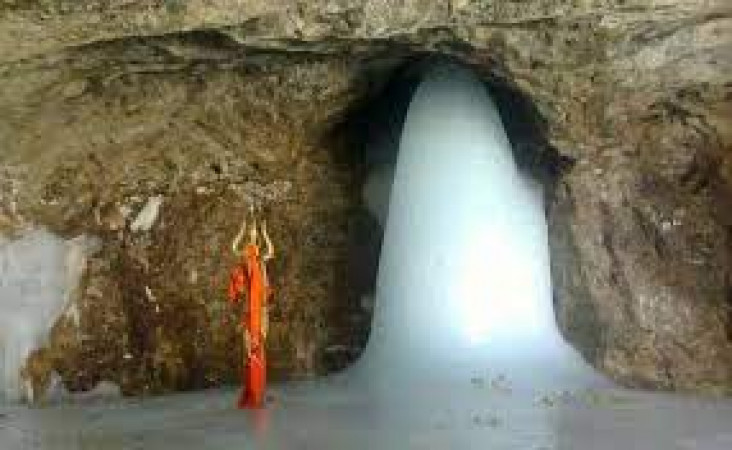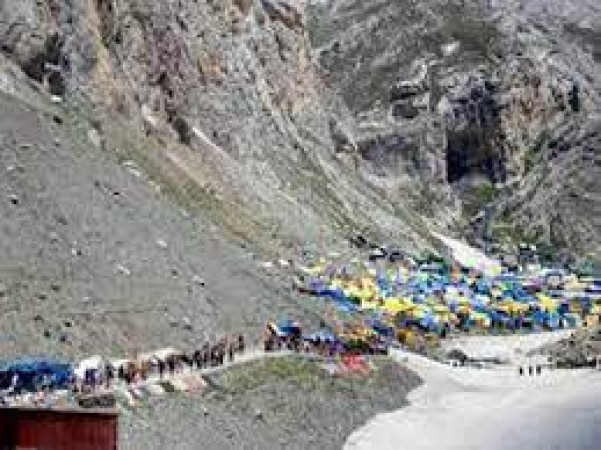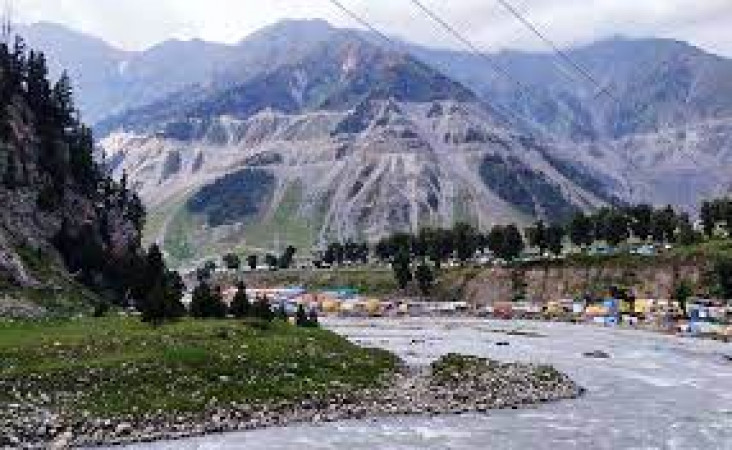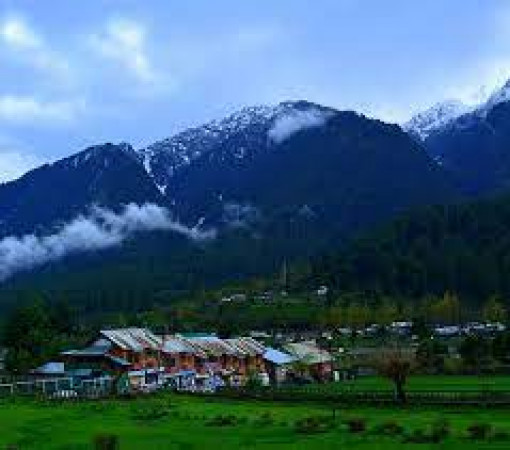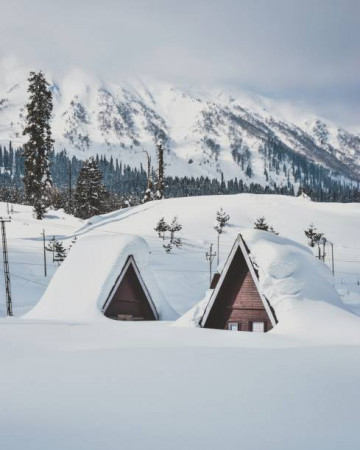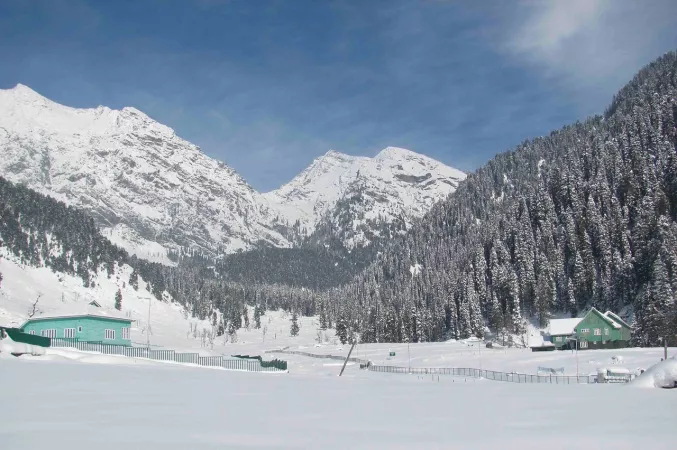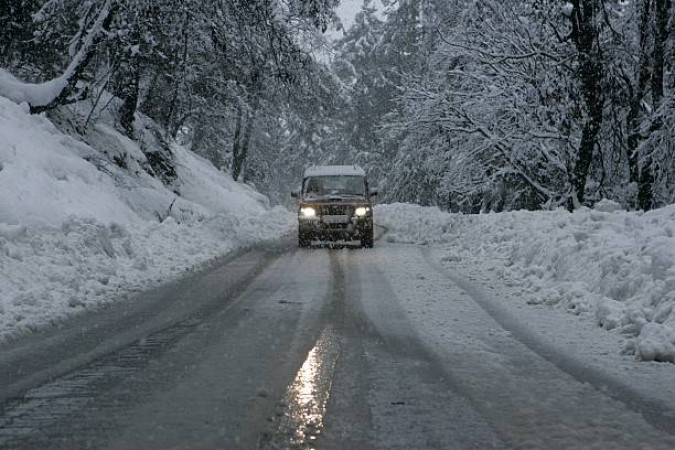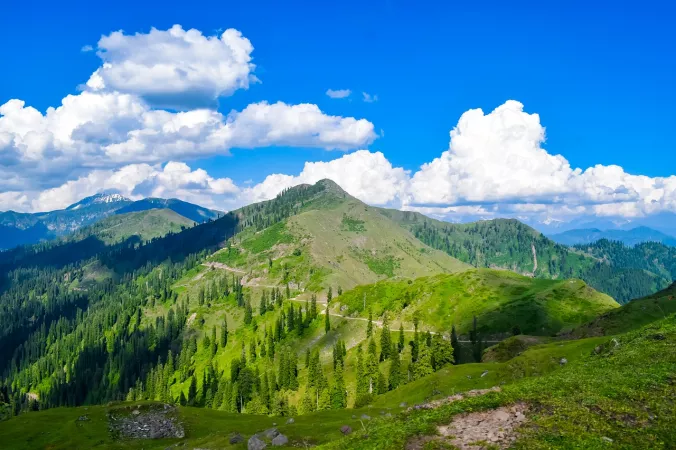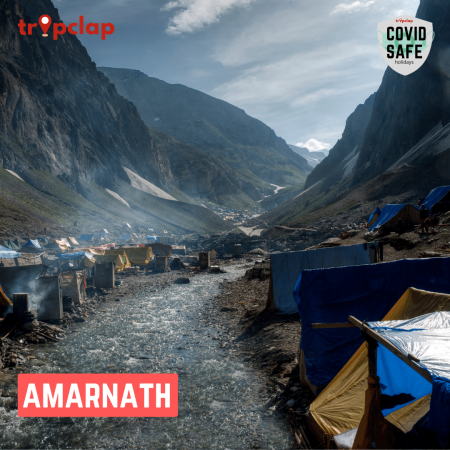
Amarnath
Package
7000 to 20000
7000 to 20000
Duration
2 to 3 Days
2 to 3 Days
Best time to visit
Jun-Aug
Jun-Aug
Theme
Religious
Religious
Amarnath Travel Guide
Amarnath, located in the northern state of Jammu and Kashmir, India, is a place of great cultural and religious significance. The region is famous for the Amarnath Cave, which is dedicated to Lord Shiva and attracts thousands of pilgrims every year. The cave is believed to be over 5,000 years old and is mentioned in ancient Hindu texts. Amarnath is also known for its stunning natural beauty, with snow-capped mountains, lush meadows, and glistening rivers.Top Attractions in Amarnath
- Amarnath Cave
- Sheshnag Lake
- Pahalgam Valley
- Baltal Valley
- Tulian Lake
Amarnath is Famous for
The Amarnath Cave is most famous for its natural ice Shiva Lingam, which is formed every year during the summer months.Top Attractions in Amarnath
- Experience the mystical Amarnath Cave
- Boat ride on the serene Sheshnag Lake
- Trekking in the picturesque Pahalgam Valley
- Camping in the beautiful Baltal Valley
- Visit the stunning Tulian Lake
What's Great about Travelling to Amarnath?
- Perfect for spiritual seekers
- Breathtaking natural beauty
- Unique cultural experiences
What's Not So Great about Travelling to Amarnath?
- High altitude, may not be suitable for all travelers
- Remote location with limited amenities
- Weather can be unpredictable
Travel Tips for Amarnath
- Obtain necessary permits for the pilgrimage
- Respect local customs and traditions
- Dress warmly and carry essential medication
Important Amarnath trip information
- Ideal Duration: 3-4 days
- Best Time to Visit: July and August
- Nearby Airports and Railway Stations: Srinagar Airport and Jammu Tawi Railway Station
Top 4 Places to visit in Amarnath
Per Person
33,500
*EXCLUDING APPLICABLE TAXES 4.8 Ratings
( 37 Reviews )
( 37 Reviews )
Per Person
24,999
*EXCLUDING APPLICABLE TAXES 5.0 Ratings
( 80 Reviews )
( 80 Reviews )
Per Person
14,500
*EXCLUDING APPLICABLE TAXES 4.8 Ratings
( 37 Reviews )
( 37 Reviews )
Per Person
28,500
*EXCLUDING APPLICABLE TAXES 4.8 Ratings
( 37 Reviews )
( 37 Reviews )
Per Person
34,500
*EXCLUDING APPLICABLE TAXES 4.8 Ratings
( 37 Reviews )
( 37 Reviews )
Per Person
25,500
*EXCLUDING APPLICABLE TAXES 4.0 Ratings
( 123 Reviews )
( 123 Reviews )
FAQ's on Amarnath
Q1: What is the best time to visit Amarnath?
The best time to visit Amarnath is during the summer months of July and August when the Amarnath Yatra takes place. The weather is relatively pleasant during this time, making it easier for pilgrims to trek to the holy Amarnath Cave. However, it's important to note that this period can be crowded due to the influx of devotees. It is advisable to check the weather conditions and plan your trip accordingly.
Q2: Do I need a visa to travel to Amarnath?
As Amarnath is located in the Indian-administered region of Jammu and Kashmir, international tourists will need an Indian visa to visit. It's recommended to check the latest visa requirements and apply for the appropriate visa well in advance of your travel dates. Additionally, certain permits may be required to visit specific areas within Jammu and Kashmir, so it's essential to research and obtain the necessary permissions before your trip.
Q3: What are the must-visit attractions in Amarnath?
The main attraction in Amarnath is the Amarnath Cave, a revered Hindu shrine dedicated to Lord Shiva. The annual pilgrimage to the cave is a significant event for devotees. Other attractions in the region include the tranquil Lidder River, Pahalgam Valley, and the picturesque Betaab Valley. Visitors can also explore the ancient temples and mosques in the surrounding towns, offering a glimpse into the rich cultural heritage of the region.
Q4: Is Amarnath a safe place to travel?
While Amarnath is generally safe for travelers, it's important to stay informed about the current situation in the region due to occasional political tensions. It is advisable to follow any travel advisories issued by your government and to avoid areas with potential security risks. Taking common-sense precautions, such as staying in well-known tourist areas and respecting local customs, can contribute to a safe and enjoyable trip to Amarnath.
Q5: What is the local currency in Amarnath and can I use credit cards?
The local currency in Amarnath is the Indian Rupee (INR). While credit cards are accepted at some hotels, restaurants, and larger establishments, it is advisable to carry cash for smaller purchases and in more remote areas. ATMs are available in major towns like Pahalgam and Sonmarg, but it's recommended to withdraw sufficient cash before venturing into more rural areas for the pilgrimage or sightseeing.
Q6: What is the local cuisine like in Amarnath?
The cuisine in Amarnath is influenced by Kashmiri flavors, featuring dishes like Rogan Josh (a spicy lamb curry), Dum Aloo (potatoes in a rich gravy), and Yakhni (yogurt-based curry). Local breads like Naan and Roti are commonly served with meals. Due to the religious significance of the region, vegetarian options are also available, such as Chaman (paneer in a tomato-based gravy) and Haak Saag (collard greens). Travelers can savor these traditional dishes at local eateries and restaurants, experiencing the unique flavors of Kashmiri cuisine.
Q7: What transportation options are available in Amarnath?
In Amarnath, transportation options include taxis, buses, and ponies for reaching the Amarnath Cave. The nearest major town with transport facilities is Pahalgam, which is well-connected by road to Srinagar. Shared taxis and buses are available for the journey to Pahalgam, where pilgrims typically start their trek to the cave. During the Amarnath Yatra, special buses and facilities are arranged for devotees. It's recommended to book transportation in advance, especially during the peak pilgrimage season, to ensure a smooth and convenient journey.
Q8: Are there any cultural norms or etiquette I should be aware of when visiting Amarnath?
When visiting Amarnath, travelers should be respectful of the local customs and religious practices. It is advisable to dress modestly, especially when visiting temples and holy sites. Removing shoes before entering religious places is a common practice. Additionally, seeking permission before taking photographs of locals or religious sites is considered polite. During the Amarnath Yatra, it's important to follow the guidelines provided by the authorities for a safe and respectful pilgrimage experience. Being mindful of cultural norms, such as greeting people with a respectful 'Namaste' and showing consideration for local traditions, will contribute to a positive and enriching visit to Amarnath.
Q9: I am a travel agent. How can I buy travel leads of Amarnath?
Register yourself as a travel agent at agents.tripclap.com and then you can buy travel leads to Amarnath once your account is approved. For more details contact our support team at +91-8069186564 or support@tripclap.com
